Show clients how to use heart rate to measure calorie burn
Trying to explain caloric expenditure to clients can be challenging, as measuring it is an interesting and complex science. Here is some background information you can share with your client to better their understanding.
One of the most accurate laboratory techniques for measuring caloric expenditure is to perform cardiorespiratory exercise while hooked up to a metabolic measurement system via a facemask. The system assesses the amount of oxygen utilized by the body’s tissues to produce energy aerobically (known as oxygen consumption or VO2), which is used to calculate caloric expenditure. Your facility may offer metabolic testing (or VO2) testing as a way to assess cardiorespiratory fitness, but it is rarely used to specifically analyze caloric expenditure outside of a research laboratory.
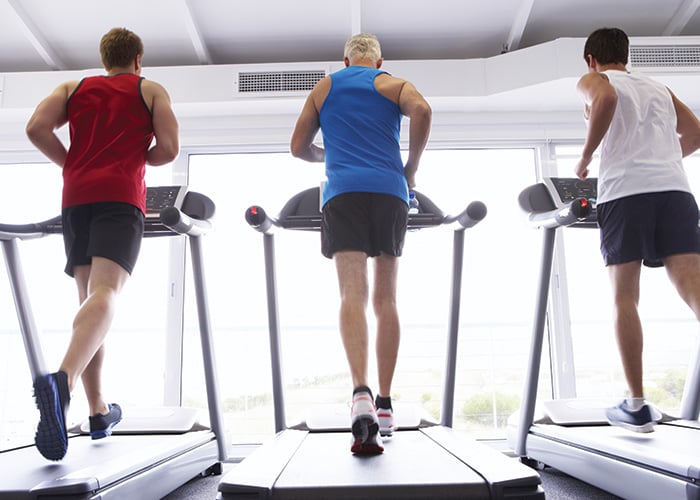
Methods that most exercisers encounter must rely on equations that estimate caloric expenditure. Treadmills, stationary bikes, ellipticals, and motion sensors (such as pedometers and accelerometers) use preprogrammed algorithms that may include such factors as your client’s weight and age, as well as how fast your client is walking, running, or pedaling. The number of calories you see on each piece of equipment is an estimate of the average amount of calories expended by a sample population from previous research.
But what if your client doesn’t resemble that sample population? Or what if you have your client working at a different intensity than that sample population? The amount of calories your client expends during a workout is affected by many factors, including their body dimensions, age, fitness level, and body composition (specifically, their percentage of fat mass and fat-free mass). Since gym equipment cannot actually tell what’s happening inside your client’s body, your client probably isn’t getting a very accurate estimate of caloric expenditure.
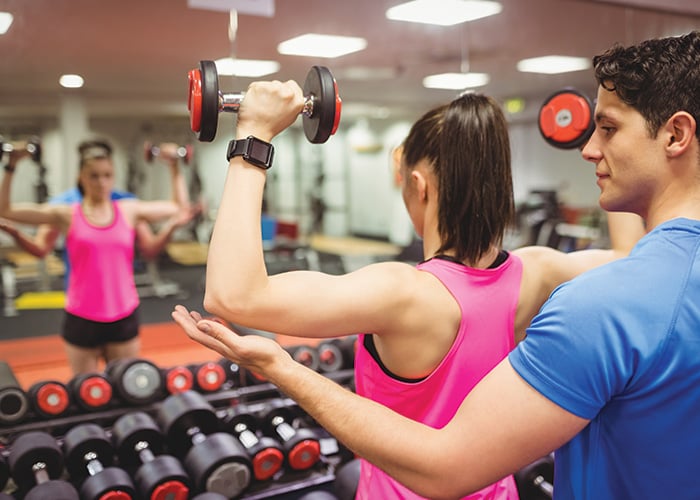
Numerous studies have demonstrated that the more information an equation has about your client, the more accurate it is. This is where heart rate monitors come into play.
Heart rate is closely associated with the gas exchange that we mentioned earlier, meaning that it can be a strong predictor of caloric expenditure during cardiorespiratory exercise. Heart rate tends to reflect changes in exercise intensity and thus, changes in caloric needs, meaning that we can estimate how many calories your client uses during their move.
The more information your wearable fitness technology has about your client, the better. That is why the MYZONE system considers gender, age, weight, and heart rate when it calculates caloric expenditure.
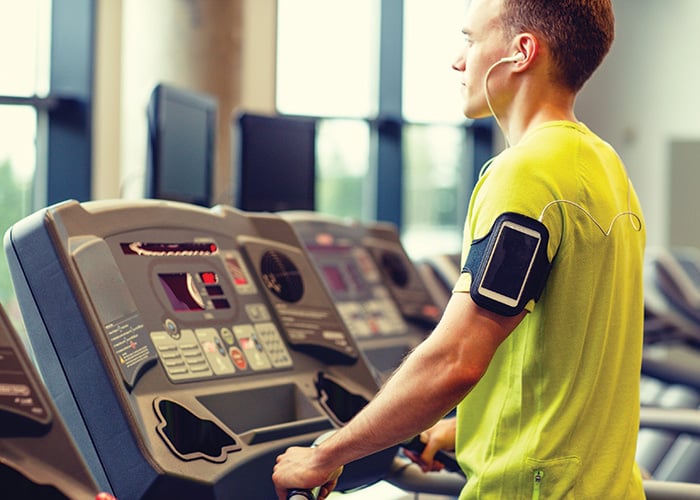
As with most measures of physiological processes, heart rate can be a flawed measurement system, as it can be affected by environmental factors, normal day-to-day variability, the type of move performed, and the intensity of exercise. That said, it has time and time again been shown to be one of the more accurate methods of determining caloric expenditure.
Monitor your client’s caloric expenditure using the MYZONE system! Giving them this feedback along with their MEPs and average % of maximal heart rate will make your sessions more meaningful and valuable to them. Encourage your clients to post their moves to Facebook, Instagram and Twitter using the hashtags: #myzonemoves #heartratemonitoring and #effortrewarded. Keep moving forward!
Share this
You May Also Like
These Related Stories
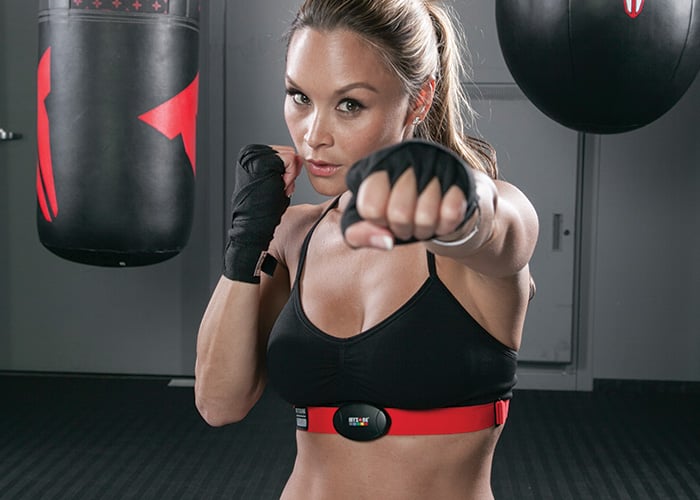
Why use heart rate to measure caloric expenditure?
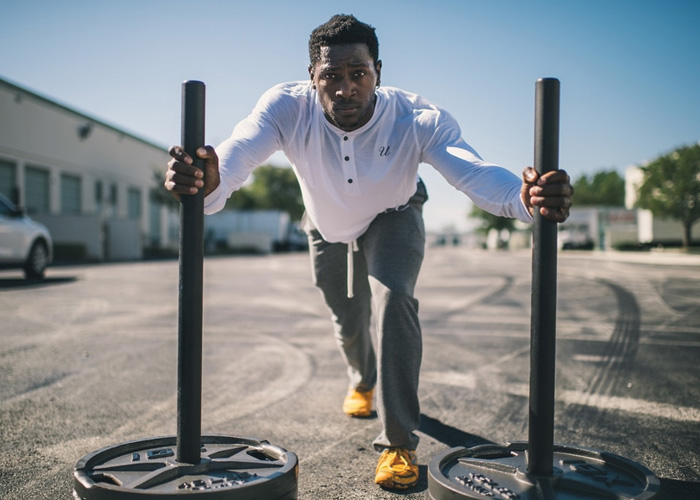
(EPOC) Excess Post-Exercise Oxygen Consumption Explained



